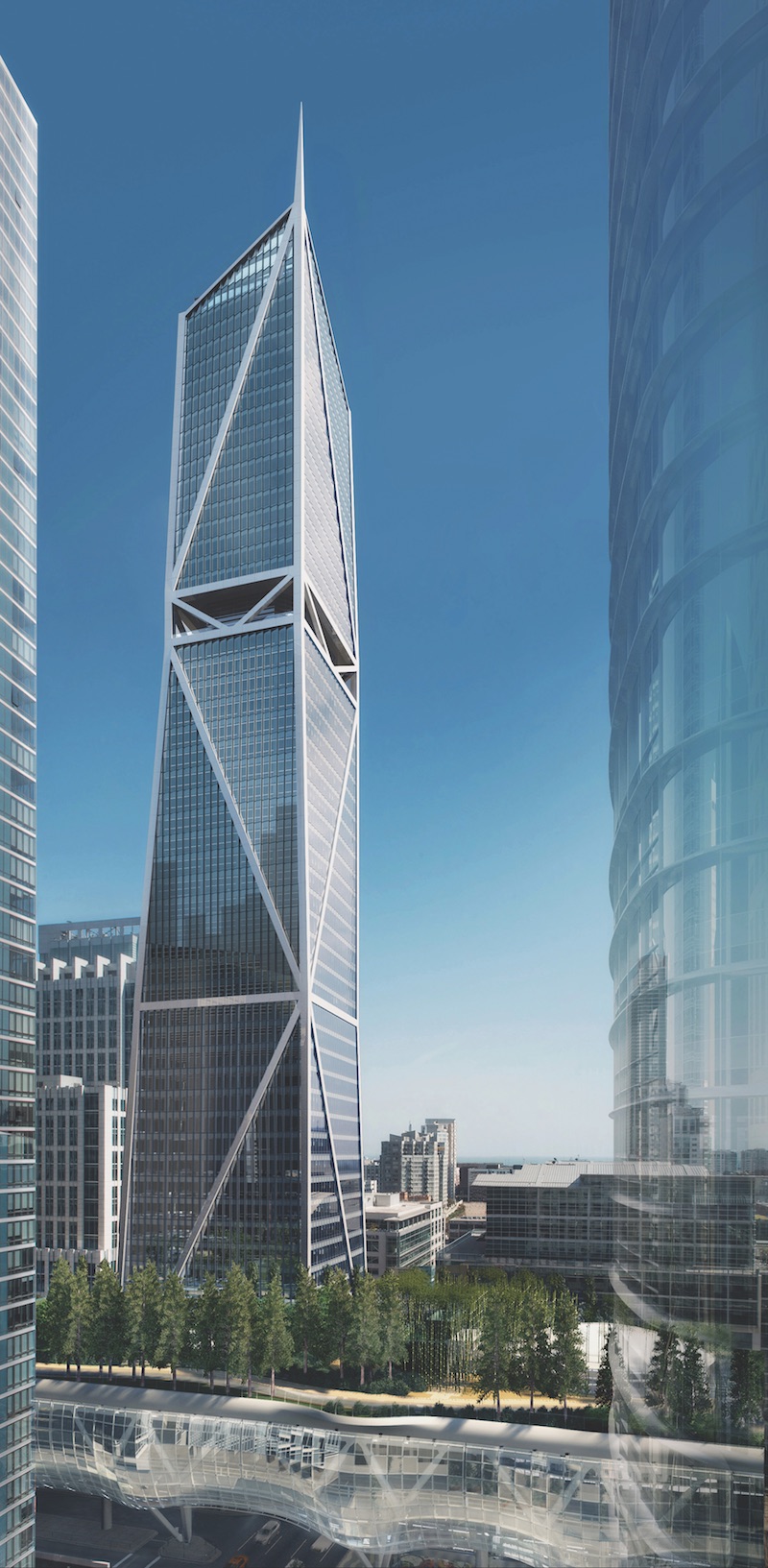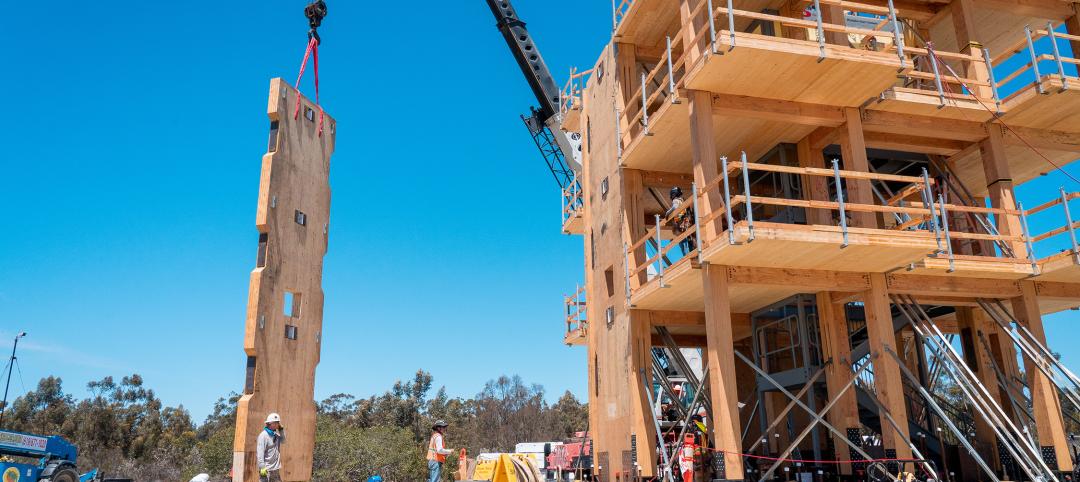Last November, the International Code Council launched the Alliance for National & Community Resilience for the purpose of developing a whole community benchmark rating system by 2018. The alliance’s members include such heavy hitters as Target and Kaiser Permanente.
Two months earlier, the American Society of Landscape Architects launched an online guide for resilient landscape planning and design to help communities protect themselves from natural disasters. Nancy Somerville, the trade group’s CEO, says ASLA convened a panel of experts—including scientists, policy makers, and landscape architects—to produce policy recommendations that ASLA intends to release sometime next year.
These are examples of an array of guidelines and standards coming from all kinds of sources that are jockeying for position to stamp their imprint on resilience best practices and, potentially, new codes.
“There are an increasing number of standards around resilience that AEC firms need to be prepared for,” says Katharine Burgess, Senior Director of Urban Resilience with the Urban Land Institute. ULI is providing resilience assistance to cities, communities, and its members through a variety of programs.
 The 56-story 181 Fremont Tower, a LEED Platinum office/apartment tower in San Francisco, is the first to be built on the West Coast to meet an earthquake rating system devised by Arup, the structural engineer on the project. Heller Manus Architects.
The 56-story 181 Fremont Tower, a LEED Platinum office/apartment tower in San Francisco, is the first to be built on the West Coast to meet an earthquake rating system devised by Arup, the structural engineer on the project. Heller Manus Architects.
BREEAM and the Institute for Sustainable Infrastructure are working on resiliency standards. The American Society of Civil Engineers is crafting standards for adaptive redesign. The Insurance Institute of Business and Home Safety recently launched a rating system, Fortified Commercial, as a companion to its Fortified Home standard. IBHS has written full sets of standards for construction in markets susceptible to hurricanes, high winds, and hail.
Some AEC firms use their own resilience measurement tools. Arup created a framework and rating system for designing earthquake-resilient buildings which it calls Resilience-based Earthquake Design Initiative, or REDi.
Several cities, states, and the federal government either have their own resilience guidelines or are developing them. Degenkolb Engineers has been helping California create seismic retrofit ordinances for various building typologies.
Erica Fischer, PhD, PE, a former Design Engineer with Degenkolb who is now an Assistant Professor at Oregon State University, says these revisions set timelines for buildings to be evaluated and retrofitted. If the owner doesn’t comply, a notice gets posted on the building stating that it doesn’t meet seismic standards.
In November 2015, the U.S. Green Building Council launched a pilot program for resilient construction, with three LEED credits. USGBC ended the program after a year, but the organization’s Resilience Working Group has been attempting to revamp the credits system. Alex Wilson of the Resilient Design Institute, which spearheaded the pilot, says RDI has resubmitted its proposal. He suggests USGBC might be ready to introduce a new resilience credit program at Greenbuild in Boston this November. USGBC’s spokesperson Marisa Long says the council hasn’t set a timetable for the release.
Related Stories
Engineers | Jun 5, 2023
How to properly assess structural wind damage
Properly assessing wind damage can identify vulnerabilities in a building's design or construction, which could lead to future damage or loss, writes Matt Wagner, SE, Principal and Managing Director with Walter P Moore.
Energy-Efficient Design | Jun 5, 2023
Implementing an ‘asset drawdown strategy’ for site decarbonization
Solidifying a decarbonization plan via an “asset drawdown strategy” that carefully considers both capital and operating costs represents a game-changing opportunity for existing properties to compete with new projects.
Cladding and Facade Systems | Jun 5, 2023
27 important questions about façade leakage
Walter P Moore’s Darek Brandt discusses the key questions building owners and property managers should be asking to determine the health of their building's façade.
Mass Timber | Jun 2, 2023
First-of-its-kind shake test concludes mass timber’s seismic resilience
Last month, a 10-story mass timber structure underwent a seismic shake test on the largest shake table in the world.
3D Printing | May 12, 2023
World’s first 3D-printed medical center completed
3D construction printing reached new heights this week as the world’s first 3D-printed medical center was completed in Thailand.
Sustainability | May 11, 2023
Let's build toward a circular economy
Eric Corey Freed, Director of Sustainability, CannonDesign, discusses the values of well-designed, regenerative buildings.
Resiliency | Apr 18, 2023
AI-simulated hurricanes could aid in designing more resilient buildings
Researchers at the National Institute of Standards and Technology (NIST) have devised a new method of digitally simulating hurricanes in an effort to create more resilient buildings. A recent study asserts that the simulations can accurately represent the trajectory and wind speeds of a collection of actual storms.
Urban Planning | Apr 12, 2023
Watch: Trends in urban design for 2023, with James Corner Field Operations
Isabel Castilla, a Principal Designer with the landscape architecture firm James Corner Field Operations, discusses recent changes in clients' priorities about urban design, with a focus on her firm's recent projects.
Sustainability | Apr 10, 2023
4 ways designers can help chief heat officers reduce climate change risks
Eric Corey Freed, Director of Sustainability, CannonDesign, shares how established designers and recently-emerged chief heat officers (CHO) can collaborate on solutions for alleviating climate change risks.
Cladding and Facade Systems | Apr 5, 2023
Façade innovation: University of Stuttgart tests a ‘saturated building skin’ for lessening heat islands
HydroSKIN is a façade made with textiles that stores rainwater and uses it later to cool hot building exteriors. The façade innovation consists of an external, multilayered 3D textile that acts as a water collector and evaporator.

















